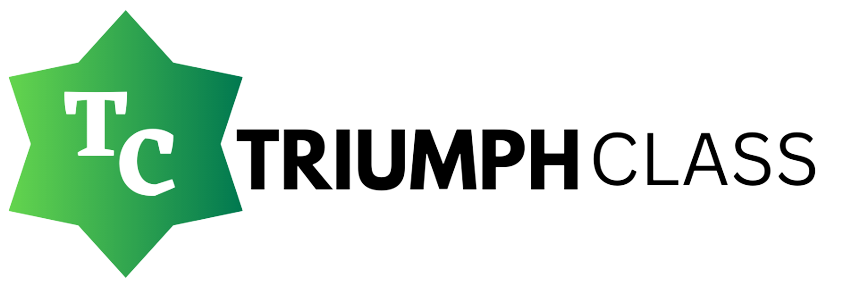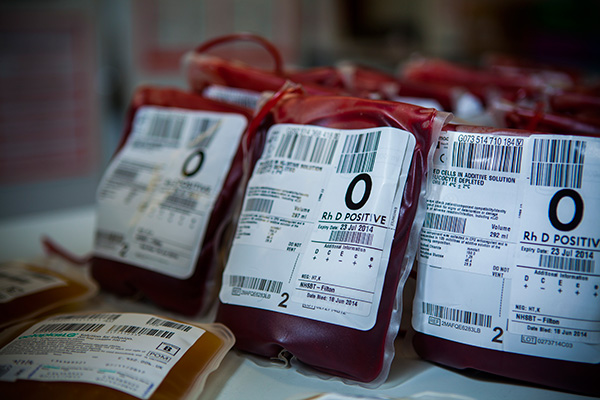ASCPi-BLOOD BANKING
- Description
- Curriculum
- Reviews
-
1HD TUTORIAL DONOR SELECTION PROCESS
-
2DONOR SELECTION PROCESSES
-
3PRACTICE QUESTIONS - DONOR SELECTION
-
4DONOR SECTION AND DONATION QUIZ
Attempt all
Good luck
-
5HD TUTORIAL - BLOOD UNIT COLLECTION AND COMPONENT PREPARATION
-
6DONOR UNIT COLLECTION METHODS AND ADVERSE REACTIONS
-
7PRACTICE QUESTIONS - UNIT COLLECTION AND ADVERSE REACTIONS
-
8BLOOD COMPONENT PREPARATION
-
9BLOOD COMPONENT PREPARATION QUIZ
Attempt all
God luck
-
10PRACTICE QUESTIONS - Blood Component Preparation
-
11HD TUTORIAL - TRANSFUSION THERAPY AND ITS ADVERSE EFFECTS
-
12TRANSFUSION THERAPY
“Transfusion therapy” encompasses all aspects of each blood component and its specific indications, expected outcomes, and other considerations.
-
13TRANSFUSION THERAPY QUIZ
Attempt all
Good luck
-
14ADVERSE EFFECTS OF BLOOD TRANSFUSION
Adverse events are an inevitable consequence of blood transfusion in spite of the myriad processes to ensure safe transfusions.
-
15PRACTICE QUESTIONS - ADVERSE EFFECTS OF BLOOD TRANSFUSION
-
16HD TUTORIAL - ABO BLOOD GROUP SYSTEM
-
17THE ABO BLOOD GROUP SYSTEM AND ABO DISCREPANCIES
-
18ABO GROUP SYSTEM QUIZ
Attempt all
Good luck
-
19HD TUTORIAL - RH GROUP SYSTEM NOMENCLATURE
-
20HD TUTORIAL - RH GROUP SYSTEM
-
21THE RH BLOOD GROUP SYSTEM AND HARDY-WEINBERG EQUILIBRIUM
-
22Rh GROUP SYSTEM QUIZ
-
23HD TUTORIAL - OTHER COMMON BLOOD GROUP SYSTEMS
-
24OTHER COMMON BLOOD GROUPS
-
25OTHER BLOOD GROUP SYSTEMS QUIZ
-
26HEMOLYTIC DISEASE OF THE FETUS AND NEWBORN (HDFN)
-
27RECORDED LIVE LECTURE - HDFN
HDFN occurs when the mother had been immunized to the father’s antigen through feto-maternal hemorrhage (FMH) and to low extent by previous transfusion. In the case of HDFN, the abs are directed against ags on the fetal RBCs that were inherited from the father
-
28HDFN QUIZ
-
29THE ANTIGLOBULIN TESTS
-
30HD TUTORIAL - PRETRANSFUSION TESTING
Pretransfusion testing is the use of serologic principles and tests to ensure compatibility and prevent an immune-mediated hemolytic transfusion reaction.
-
31PRETRANSFUSION TESTING
Pretransfusion testing is the use of serologic principles and tests to ensure compatibility and prevent an IMHTRs
-
32PRE-TRANSFUSION TESTING QUIZ
Please attempt all questions
-
33HD TUTORIAL - ANTIBODY DETECTION AND IDENTIFICATION 1
-
34HD TUTORIAL - ANTIBODY IDENTIFICATION KEYS
-
35ANTIBODY DETECTION AND IDENTIFICATION (CELL PANELS)
-
36HD TUTORIAL - HLA TESTING PART I
-
37HUMAN LEUKOCYTE ANTIGENS TESTING
-
38RECORDED ASSIGNMENT DISCUSSION








